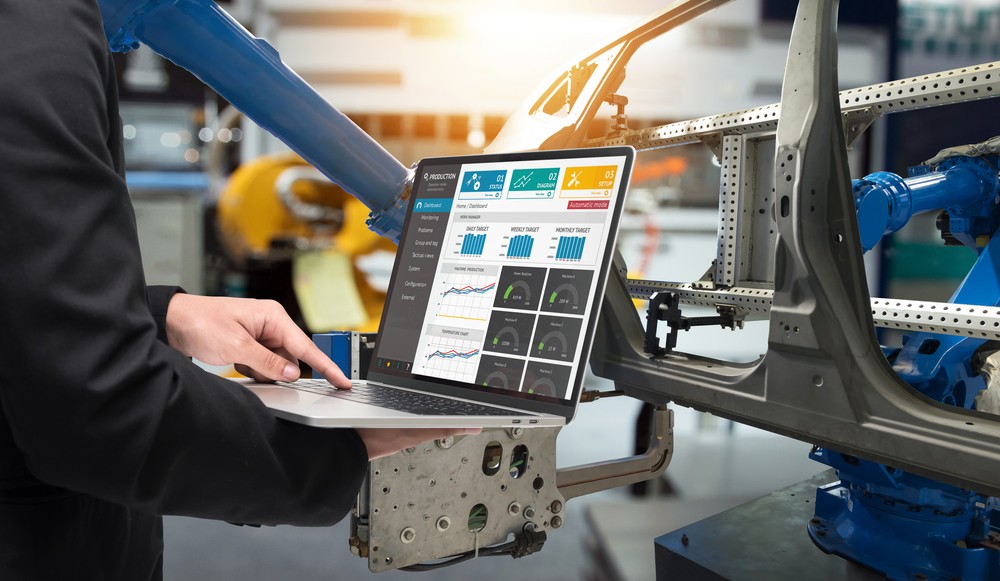When’s the Last Time You Took a Gemba Walk?

Most innovation begins with observation. Taking the time to look at something teaches you about how it functions — and how it might function better. This is the concept behind one of lean manufacturing’s simplest processes: the Gemba walk.
Though it’s often an underappreciated part of the lean manufacturing approach, a Gemba walk takes little time, but it has the potential to yield big results.
Take a walk
“Gemba” is a Japanese word meaning “the real place.” When used in manufacturing, “the real place” refers to the factory floor. A Gemba walk is a simple stroll through the factory, taken to observe operations in real time. A Gemba walk allows managers to observe the actual work process, and its main goal is to identify wasteful activities and opportunities for improvement.
Routine Gemba walks should include speaking to workers on the factory floor. Rather than disrupting operations or pulling employees away, managers should engage with them about the work they’re doing and any problems they’re experiencing. The goal is to get an intimate feel for how things really work and gain insight from those tasked with everyday operational duties.

How to conduct a Gemba walk
The purpose of a Gemba walk isn’t to point fingers or find fault. It is an excellent opportunity to gather information and gain a better understanding of daily production processes. To that end, there are several steps to keep in mind before, during, and after a Gemba walk.
- Consider creating a checklist of things to look for during your walk. Include questions for employees.
- Consider choosing a theme for a particular walk, which might include safety, customer service, cost, or innovation.
- Gemba walks are typically for general observation of particular areas of potential waste, such as time or materials.
Remember, the purpose of a Gemba walk isn’t to fix problems as you find them. It’s to take in the factory’s operation and understand its flow. If you find a problem, record it for further study; avoid implementing change on the spot. This opens the door for further lean assessment, such as root cause analysis, to gain a deeper understanding of the issue.
Applying insights
After your Gemba walk, take time to reflect on your observations. Review notes and investigate potential problems further to quantify them. Bring your team together to discuss areas of concern or gain a better understanding of how or why they do something a certain way. Most importantly, strive for continuous improvement and work toward efficient solutions. Within a broader lean framework, a Gemba walk can be a powerful catalyst for improvement.

A little observation goes a long way
With raw material shortages and supply chain bottlenecks still affecting the manufacturing industry, apply lean manufacturing concepts wherever possible. It’s a simple process, but a Gemba walk can yield lasting improvements for your company. A Gemba walk takes little time and effort, but it can do wonders to help managers identify waste in the production process. It’s also a chance to develop better relationships with factory employees and immerse yourself in the factory environment in its natural running state.